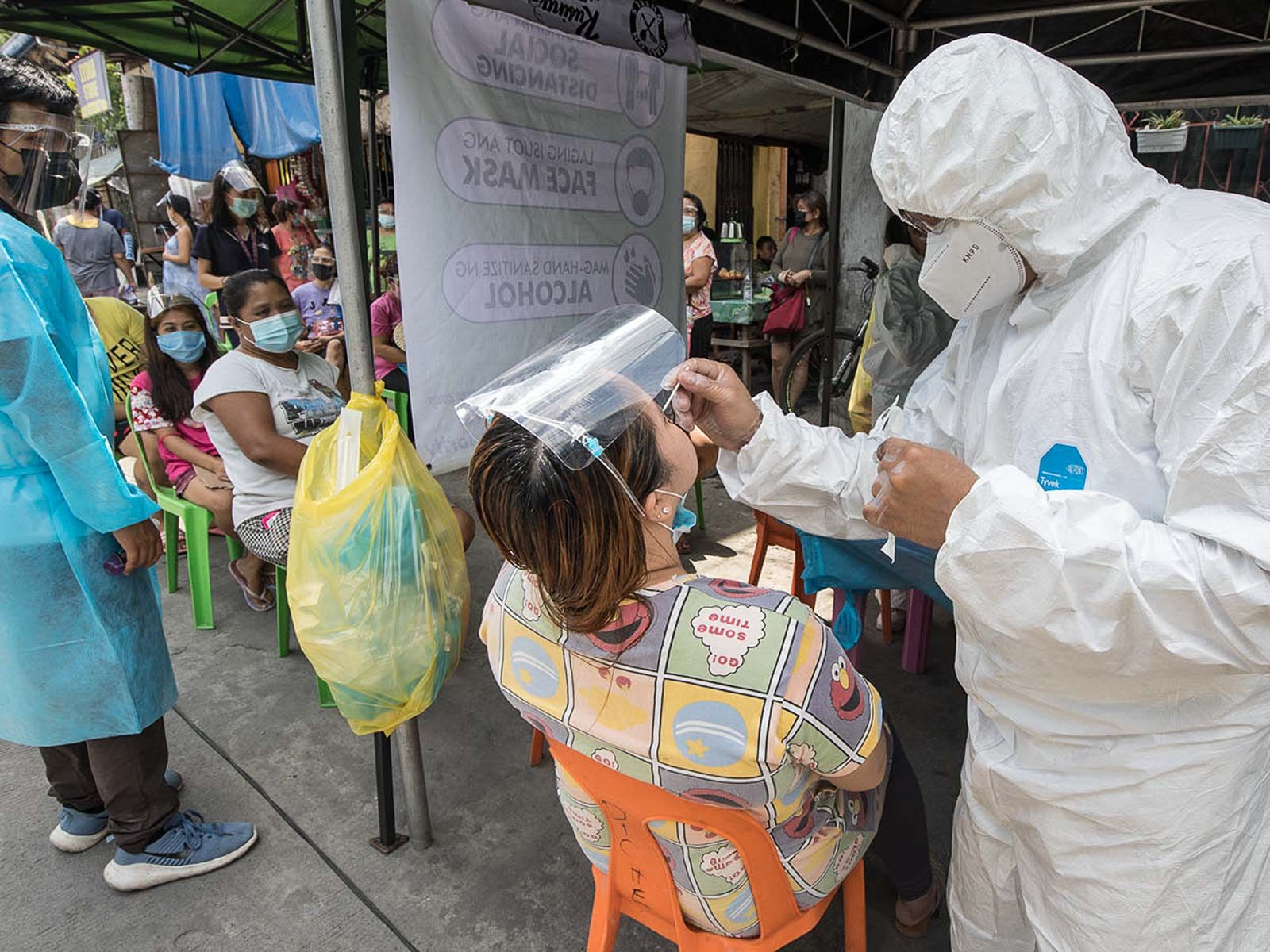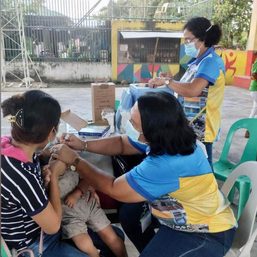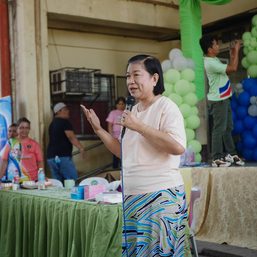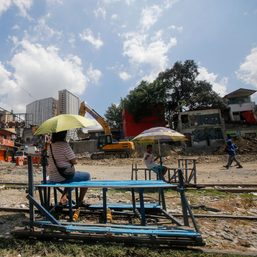SUMMARY
This is AI generated summarization, which may have errors. For context, always refer to the full article.

Health officials are assessing whether the downtrend in COVID-19 cases in the country for the past days reflects a “true decline” or if other factors are behind it.
Health Undersecretary Maria Rosario Vergeire said this in a press briefing on Monday, October 4, where she shared that the Department of Health (DOH) observed low testing output in 14 regions of the country.
For the past days, the Philippines recorded relatively lower COVID-19 infections, though still higher compared to the numbers before the Delta variant-driven surges.
“We observed that 14 regions had less number of RT-PCR (real-time reverse transcription polymerase chain reaction) tests done in the recent week compared to the previous week. The largest decline was from the National Capital Region, where from 66,042 it was lower by 37,383 tests or 14.1%,” Vergeire said.

The health spokesperson said that the decline in testing output “translated to the lower positive individuals from 48,229 to 35,603.”
“We’re still assessing the reasons for the decline. And if this reflects a true decline in cases or is affected by other factors, such as ongoing active case finding and contact tracing or the use of antigen testing to complement RT-PCR testing,” she explained.

7 consecutive days below 20,000 cases
According to Rappler monitoring based on the DOH data, the country had been recording below 20,000 cases for seven consecutive days while infections had dropped below pre-surge levels for 14 days in the last 15 days.
“As cases in most areas are starting to decline, there is a need to address the decrease in testing output, ensure daily submission of antigen linelist, and continue active case finding to validate the decline,” Vergeire said.
On September 11, the Philippines saw its highest single-day COVID-19 tally since the pandemic began in March 2020 at 26,303.
However, while there was a downward trend in COVID-19 cases, intensive care unit utilization remains high, which is at 73% nationally. The DOH flagged the following regions for having high risk ICU utilization:
- Cordillera Administrative Region
- Cagayan Valley
- Zamboanga Peninsula
- Bicol
- Caraga
- Bangsamoro Autonomous Region in Muslim Mindanao
Meanwhile, the following regions have either high risk hospital beds or ICU utilization.
- Mimaropa
- Calabarzon
- Metro Manila
- Central Luzon
- Davao Region
- Northern Mindanao
Octa Research fellow Guido David said on September 18 there were early indications that “the surge may have already peaked in the National Capital Region.” He cited the decreasing reproduction rate and positivity rate.
The DOH, however, didn’t agree with Guido, saying that this needed further study. (READ: DOH: Hard to say if COVID-19 cases have peaked in Metro Manila)
The reproduction rate is the number of people that one COVID-19 positive case can infect, while the positivity rate is the percentage of all COVID-19 tests performed that are actually positive.
On Sunday, October 3, the Philippines logged 13,273 cases, bringing total infections in the country to 2,593,399. Of the total, 112,008 are active cases or currently sick. Meanwhile, 38,768 died due to COVID-19. – Rappler.com
Add a comment
How does this make you feel?





There are no comments yet. Add your comment to start the conversation.